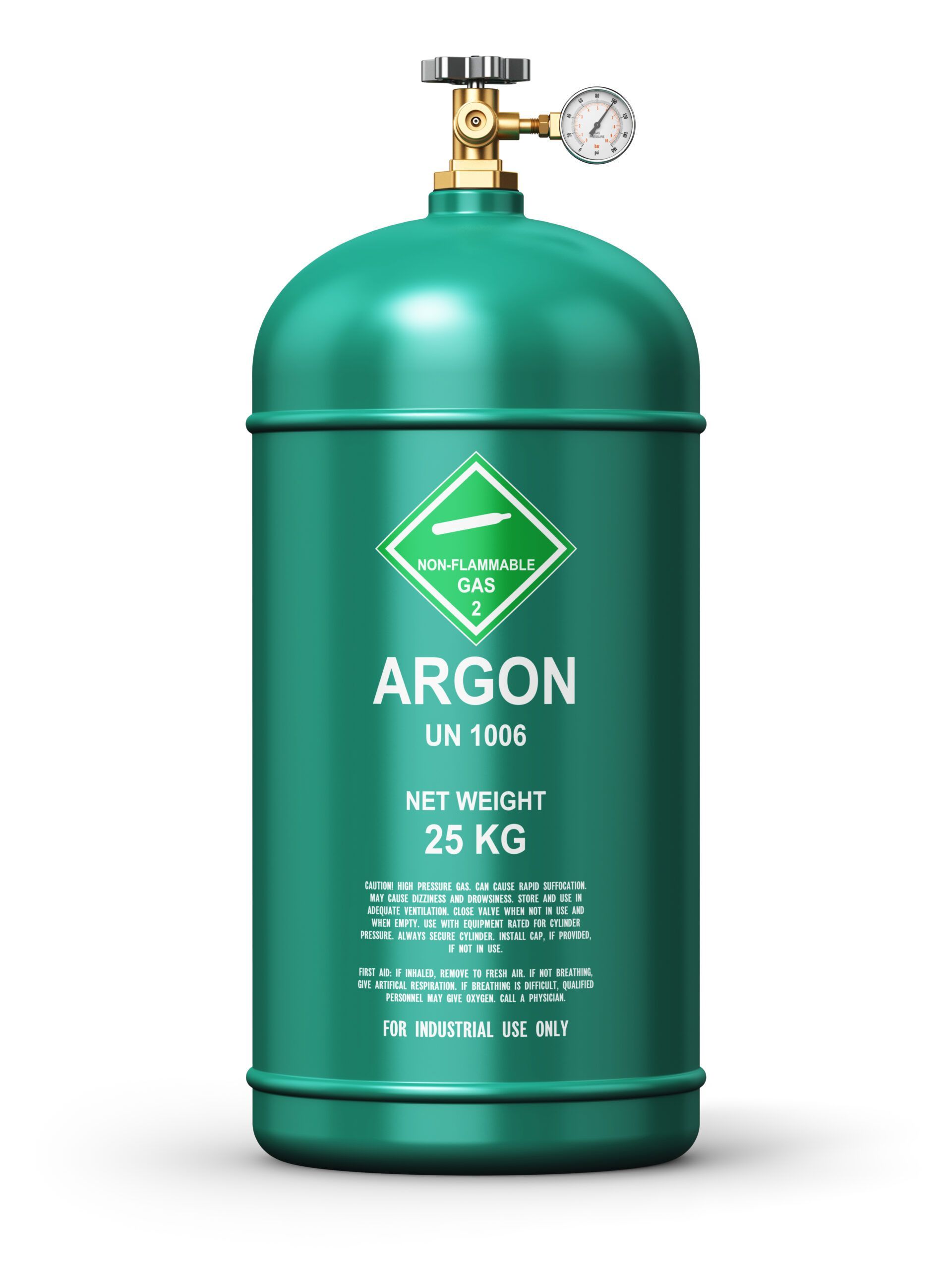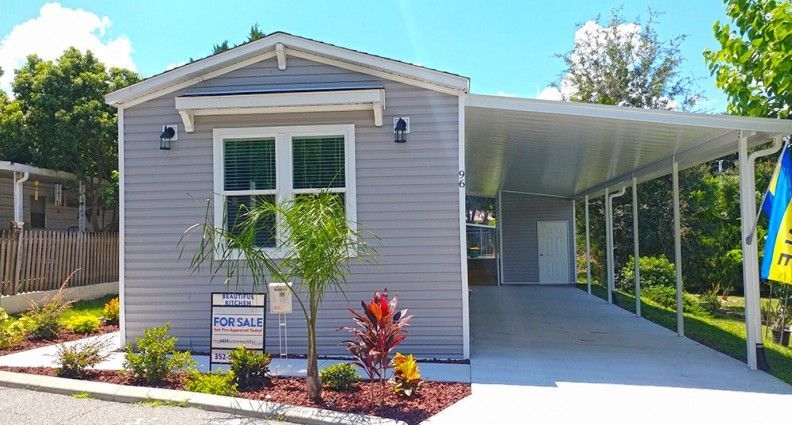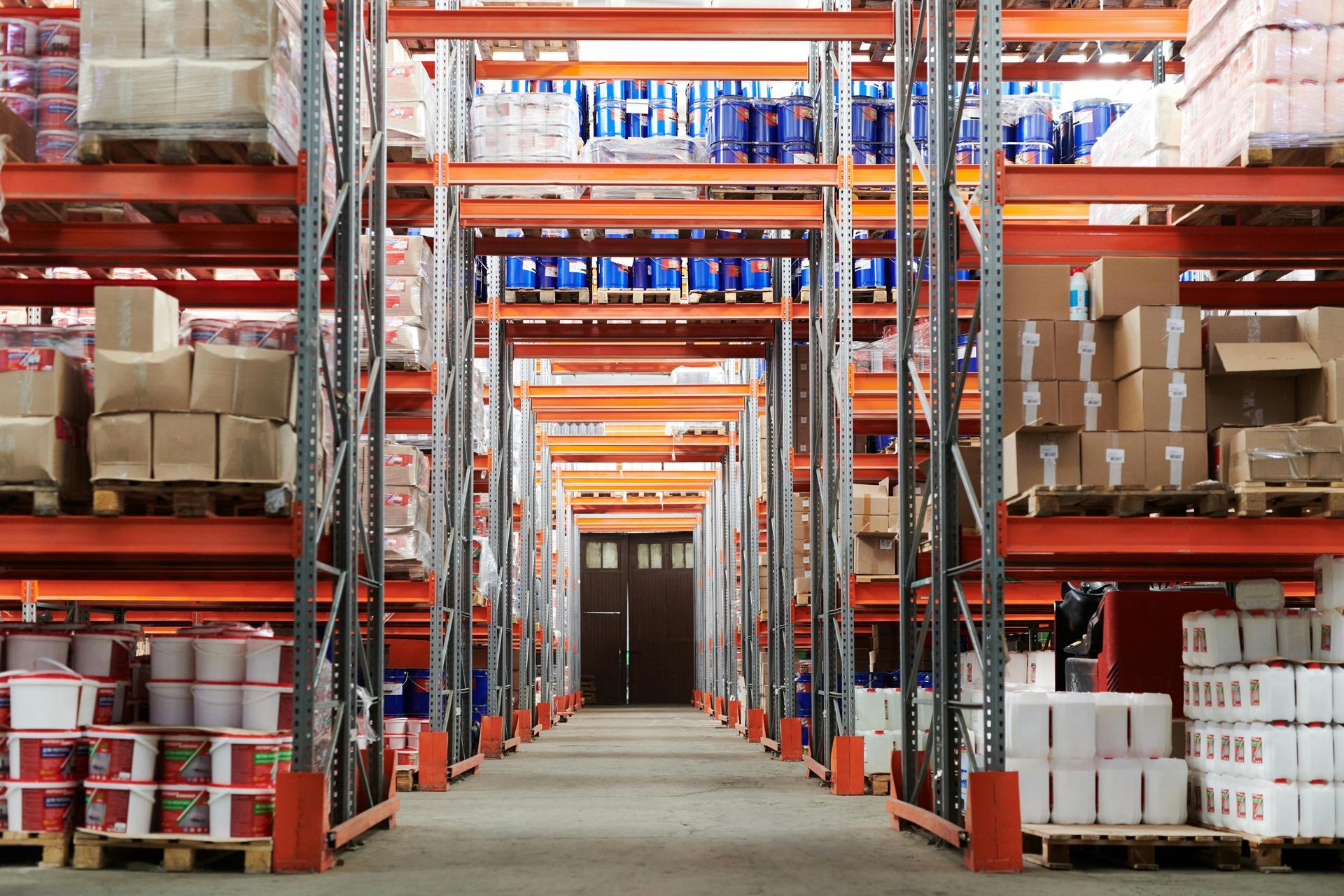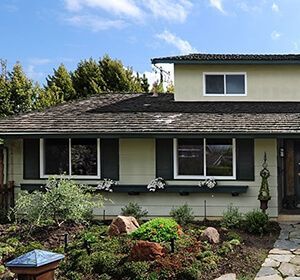Argon, Krypton, and the Gassy Truth About Window Performance
Low-E is the star, but is argon just hot air? Let’s break down window gas fills and whether they’re worth it—or just another upsell with a fancy name.

When it comes to upgrading your windows, the marketing teams love throwing out fancy terms like “argon-filled chambers” and “krypton gas insulation.” Sounds high-tech, right? Like you’re buying a Marvel superhero for your house. But the real question is: Do these gases actually make a difference? Or are you just paying extra to trap fancier air?
Let’s dig into the science (and the sales pitch), and I’ll tell you where gas-filled windows actually matter—and where they’re just a polite way to drain your wallet.
🌡️ First Things First: What Is Argon Gas?
Argon is a colorless, odorless, inert gas that gets injected between the panes of insulated glass units (IGUs). Why? Because it’s denser than air, so it slows down the transfer of heat and cold. In other words: it makes your windows better at insulation.
But here’s the kicker: argon doesn’t work alone. It’s typically paired with Low-E (low-emissivity) coatings—a thin layer of reflective metallic oxide that bounces heat back where it came from. If Low-E is the lead actor in your window’s performance, argon is more like the supporting cast. Helpful, but not Oscar-worthy on its own.
✅
Does Argon Make a Difference?
Yes,
but only when paired with a high-quality Low-E coating and a well-sealed insulated glass unit.
On its own, argon adds a bit of R-value (insulation value), but not enough to justify a major price hike. If your window already has Low-E 366 or equivalent, you’re already covering the heavy lifting on energy savings.
🧪 Now Enter: Krypton (Yes, Like Superman’s Planet)
Krypton is another inert gas that gets used in ultra-high-performance windows. It's even denser than argon, and therefore even better at slowing down heat transfer.
But here’s the problem: it’s expensive. Like, unnecessarily expensive for most applications. You’ll often find krypton used in triple-pane windows with narrower gaps between panes, where its properties actually make sense. It’s ideal for cold climates where you're battling sub-zero temps and high heating bills. Which, spoiler alert—isn’t Florida.
So unless your house is also doubling as a cryogenic research facility or you really hate your energy company, krypton isn’t doing much more than argon down here in the Sunshine State.
🏠 So, When Do These Gases Actually Matter?
Here’s a breakdown of where these gas fills help, and when they’re more fluff than function:
✅ Projects Where Argon Is Useful:
- New construction homes with low-emissivity glass where energy efficiency is a selling point
- Retrofit upgrades in older homes with poor insulation
- Double-pane glass installs where argon can help boost performance without breaking the bank
- Climate zones with temperature swings (think central Florida homes with heavy AC use)
🚫 Argon Might Be Overkill If:
- You’re installing windows in a garage, shed, or non-conditioned space
- Your windows are single-pane or budget grade (the seal won’t hold the gas anyway)
- You’re focused on impact resistance more than energy savings
✅ Projects Where Krypton Might Make Sense:
- Luxury custom homes that want triple-pane glass for ultra-insulation
- Condos with strict HOA noise requirements (krypton also helps reduce sound transmission)
- Northern climates where heating costs are a major factor
🚫 Krypton Isn’t Worth It In Florida If:
- You’re already using a solid dual-pane, Low-E 366 window with argon
- You’re installing standard-size windows in a typical residential build
- You’re trying to stretch your budget for more bang elsewhere (like better doors or buck frame work)
💭 Final Thoughts from the Window Whisperer
Here’s the truth that most sales reps won’t admit: Gas fills are only part of the equation. If the window isn’t built right, sealed properly, or installed by someone who knows the difference between a flange and a foam shim, that argon might as well be carbon dioxide.
At Windoor Retro Professionals, we prioritize products that deliver real results for Florida homes. We’re big fans of Eastern
Architectural, Viwinco, CWS by Pella, and PGT—brands that not only offer well-sealed, argon-filled units but have proven track records here in hurricane alley.
And no—we’re not upselling you krypton unless you’re building a space lab. (In that case, call us. We love a challenge.)
Thinking about upgrading to gas-filled windows?
Let’s chat about what makes sense for your home, your climate, and your budget—without the sales fluff.













